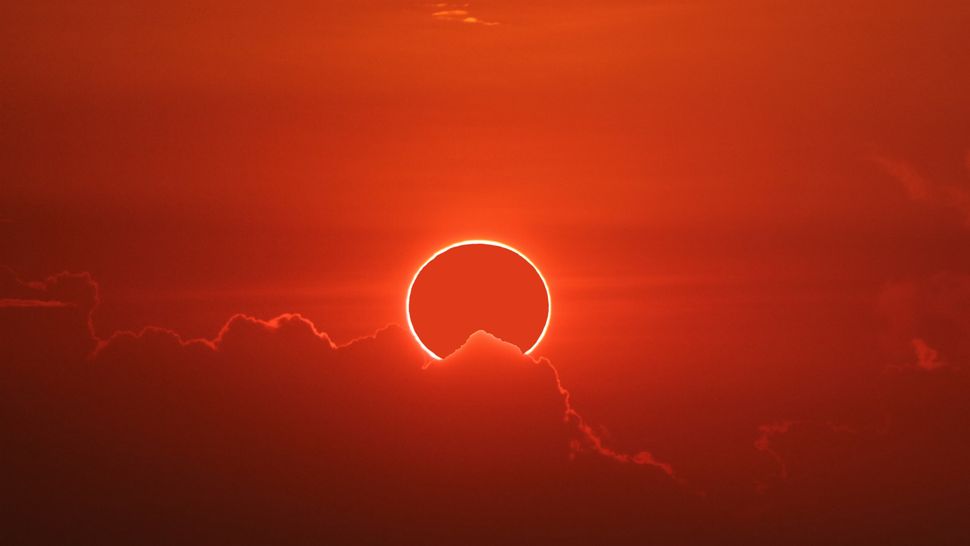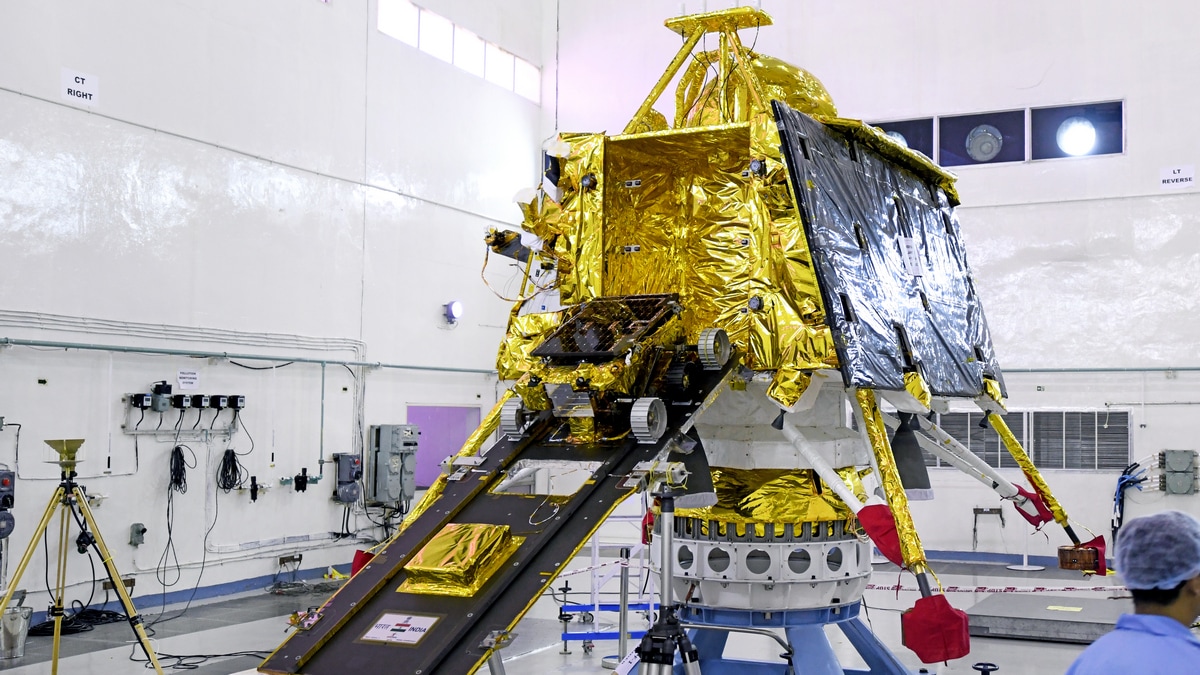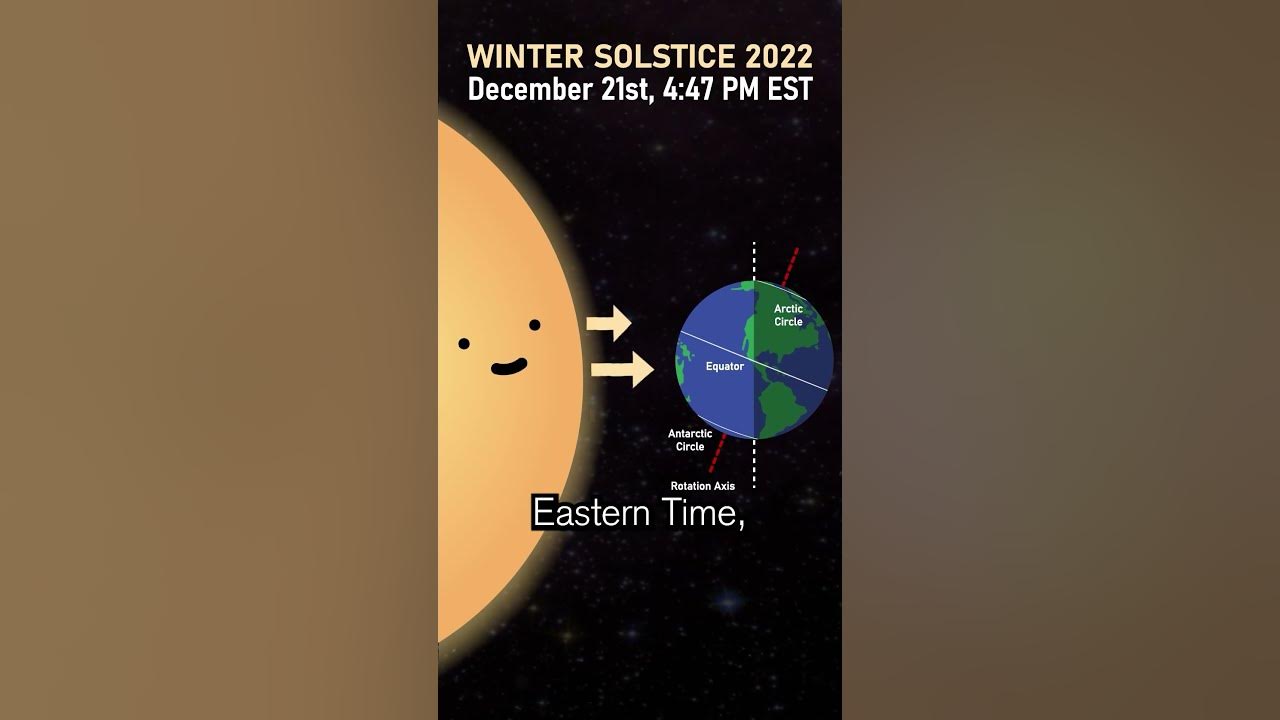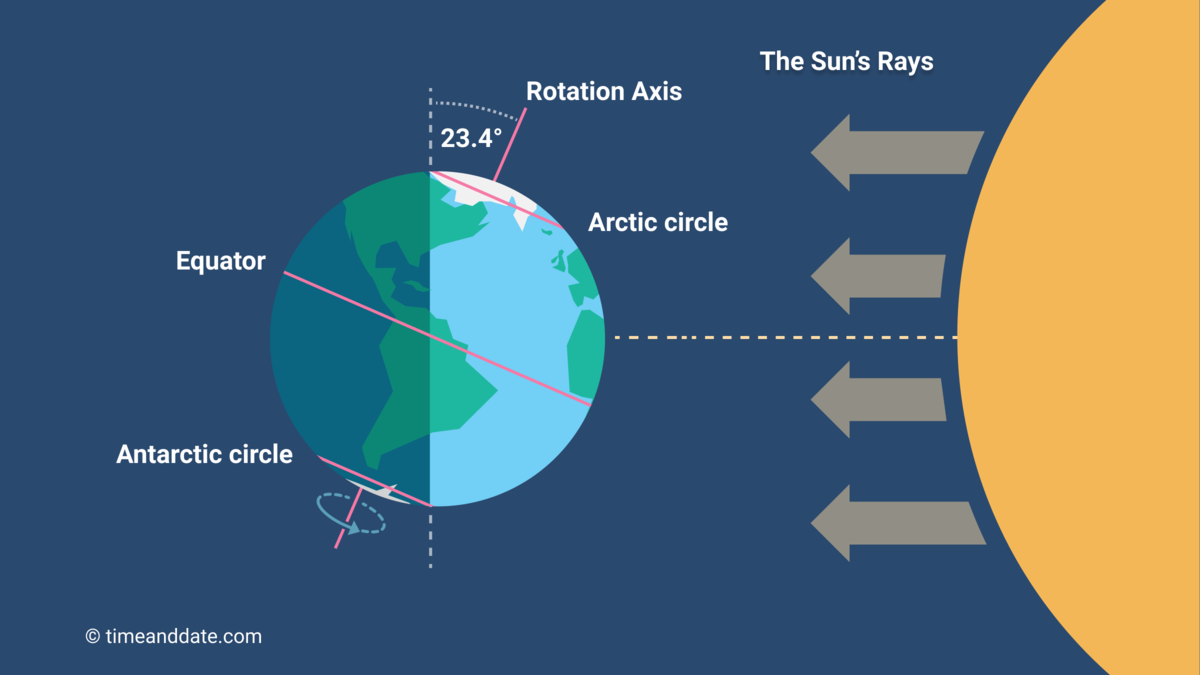


A new celestial event, a "ring of fire" annular solar eclipse, will be visible from South America and parts of Hawaii and the Pacific and Atlantic Oceans on October 2, 2024. This phenomenon occurs when the moon moves between the Earth and the sun, creating a ring-shaped silhouette of sunlight. Skywatchers are advised to use proper eye protection to view the eclipse safely.
The "Ring of Fire" Solar Eclipse of 2024
A celestial spectacle of cosmic proportions is scheduled to unfold on October 2, 2024, with the occurrence of an annular solar eclipse. This awe-inspiring event will be visible from South America, parts of Hawaii, and vast stretches of the Pacific and Atlantic Oceans.
Annular Solar Eclipse: A Cosmic Ring
An annular solar eclipse occurs when the moon passes directly between the Earth and the sun. However, instead of completely blocking the sunlight, the moon's apparent size is smaller than the sun's, creating a mesmerizing ring of light around the dark silhouette of the moon. This phenomenon is often referred to as a "ring of fire" due to its striking visual resemblance.
Path of the 2024 Eclipse
The path of the annular solar eclipse of 2024 will begin in the eastern Pacific Ocean, close to the coast of Chile. It will sweep across South America, passing over Argentina, Uruguay, Brazil, and Chile before exiting the continent. Observers in parts of Hawaii, including Mauna Kea, will also be treated to a view of this celestial event.
Eye Protection Crucial
It is crucial to emphasize that observing a solar eclipse without proper eye protection can lead to permanent eye damage. Skywatchers are strongly advised to wear certified solar eclipse glasses or use solar filters specifically designed for this purpose.
Top 5 FAQs on Solar Eclipses
Q1: Why does a solar eclipse occur? A: A solar eclipse occurs when the moon aligns directly between the Earth and the sun, blocking out the sunlight.
Q2: What is the difference between a total and an annular solar eclipse? A: In a total solar eclipse, the moon completely blocks out the sun, while in an annular eclipse, the moon is smaller than the sun, resulting in a ring of sunlight around the moon's silhouette.
Q3: How often do solar eclipses occur? A: Solar eclipses occur relatively frequently, but they are only visible from certain locations on Earth.
Q4: Are solar eclipses dangerous to view? A: Viewing a solar eclipse without proper eye protection can cause severe and permanent eye damage.
Q5: When was the last annular solar eclipse? A: The last annular solar eclipse occurred on June 10, 2021, and was visible from parts of Europe, Africa, and Asia.

The University Grants Commission (UGC) has announced draft guidelines for introducing skill-based courses and micro-credentials in higher education institutions, aligning with the objectives of the National Education Policy 2020. These courses, including emerging fields such as data analytics and AI, aim to enhance students' employability and support economic growth through a qualified workforce. Feedback on the guidelines will be accepted for the next 30 days, giving students and educators a chance to provide their input.

Indian Space Research Organisation (ISRO) has successfully placed two satellites, weighing 220kg, into a circular orbit of 475 km for a crucial space docking technology demonstration. This mission also included the launch of POEM-4 with 24 payloads from startups, industries, and academia. Scientist S Somanath stated that the docking process is expected to take place on January 7, after operations at ISTRAC Bengaluru from December 31. This mission is a major step towards future space missions for India.

The Indian Space Research Organisation (ISRO) launched the PSLV C60 mission on Monday night, marking a historic moment for the country's space exploration. The mission involved the launch of two spacecraft, which will demonstrate India's capabilities in orbital docking- a crucial technology for future human spaceflight and satellite servicing missions. With this achievement, India joins an elite group of countries with this technology, furthering the country's ambitions to send humans to the Moon and establish its own space station.

India's ISRO launched its Polar Satellite Launch Vehicle (PSLV-C50) carrying two spacecraft, Spacecraft A and B, to test key technologies for the future establishment of a space station. This mission is a precursor to ISRO's goal of setting up its own space station by 2035 and will aid in space docking, satellite servicing, and future interplanetary missions. The successful launch marks another milestone for India's growing space program.

A new western disturbance is expected to affect the state of Rajasthan, bringing in light to moderate rain and hailstorms on Thursday. The India Meteorological Department (IMD) has predicted this system to also bring snowfall in the Himalayan region. North India continues to face severe cold wave conditions, with some states experiencing temperatures as low as -10.6 degrees Celsius. However, some relief may be in sight for Rajasthan with these weather changes.

A team of researchers has developed a groundbreaking algorithm to efficiently transform a given matrix by setting its rows and columns to zero in place. This new algorithm, which has been extensively tested and refined, has the potential to greatly improve the computational efficiency and speed of this common operation in the fields of mathematics and computer science. With this breakthrough, scientists and programmers will have a powerful tool to more effectively manipulate and analyze data in various applications.

Every year on December 22, National Mathematics Day is celebrated to honor the life and achievements of Srinivasa Ramanujan, one of the most influential mathematicians in history. Despite growing up in extreme poverty, his groundbreaking contributions to mathematics continue to inspire researchers today. This day not only celebrates his legacy but also recognizes India's rich history in mathematics and encourages students to explore the world of numbers.

A bone box with the inscription "James, son of Joseph, brother of Jesus" was recently put on display in Atlanta, Georgia. The box is believed to have once held the remains of James the Just, brother of Jesus, making it the oldest physical evidence of Jesus. Despite some controversy and accusations of forgery, the box has been declared authentic by experts.

As the winter solstice approaches on December 21st, the Northern Hemisphere will experience the shortest day and longest night of the year. This natural phenomenon has captivated people for centuries, with ancient traditions and festivals taking place around the world. Through science, we can understand why this occurs and how it affects different regions of the world differently.

Every year, the Northern Hemisphere experiences the arrival of winter on the winter solstice, which marks the shortest day and longest night due to the Earth's tilt on its axis. As the North Pole is furthest from the sun, it receives the least amount of sunlight, resulting in a gradual lengthening of days towards the arrival of spring. This year, the winter solstice falls on December 21 and will be celebrated by people worldwide in various ways to mark the significant celestial event.